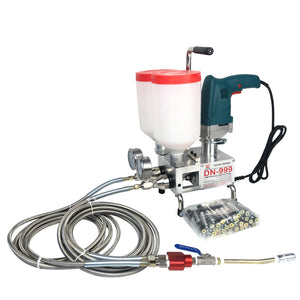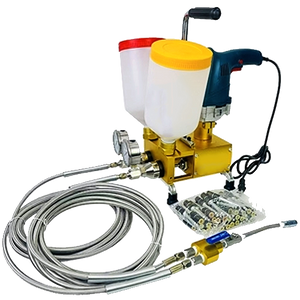On July 2, a major development sent ripples through the polyurethane market in Southeast Asia. Former U.S. President Donald Trump announced a newly signed trade agreement with Vietnam, imposing a 20% tariff on Vietnamese exports to the United States. In return, Vietnam will implement a 0% tariff on all U.S. imports, effectively opening its market to American goods.
One notable aspect of this deal is a strict 40% tariff on transshipped goods, aimed at curbing the practice of relabeling Chinese-origin products—such as polyurethane and MDI-based materials—as Vietnamese to bypass existing U.S. tariffs on China. This move makes Vietnam the second Southeast Asian nation within a month to finalize such a deal with Washington.
Shortly afterward, on July 22, the U.S. announced a similar agreement with the Philippines, setting a 19% tariff on Filipino exports to the U.S., slightly above the originally proposed rate. The deal, however, grants duty-free access to American goods, mirroring the Vietnam pact. A separate agreement with Indonesia, also announced that same week, introduced the same 19% tariff rate for Indonesian exports to the U.S. but included a massive $18.2 billion commercial package—featuring U.S. aircraft and energy products.
The Strategic Role of Southeast Asia in the Global Polyurethane Supply Chain
Vietnam and Indonesia play a critical role in the Southeast Asian polyurethane market, particularly as importers of MDI (Methylene Diphenyl Diisocyanate) and TDI (Toluene Diisocyanate). In 2024, Vietnam represented 39% of Southeast Asia’s MDI demand and 34% of its TDI imports. Indonesia topped the region’s TDI imports at 38%, alongside 11% of MDI consumption.
These chemicals are essential for industries including footwear, textiles, automotive, home appliances, and sportswear. Vietnam, as the world’s second-largest footwear exporter, relies heavily on MMDI imports from China, South Korea, and Japan—yet lacks domestic MDI production capacity, making it particularly vulnerable to geopolitical shifts.
Transshipment Clause: A Double-Edged Sword for Vietnam
The transshipment tariff—while aimed at protecting U.S. trade interests—poses a significant risk for Vietnamese manufacturers. Firms sourcing MDI or TDI from China for further processing and export may face hefty tariffs if U.S. enforcement is rigorous. This could disrupt Vietnam’s polyurethane supply chain, impacting production costs and international competitiveness.
At the same time, Vietnam must balance its economic relationship with China, which provides the bulk of its raw materials. Beijing has signaled strong opposition to trade deals that marginalize Chinese exports, putting Vietnam in a strategic bind between maintaining access to Chinese supplies and expanding U.S. market opportunities.
Indonesia and the Philippines: Walking a Tightrope
Like Vietnam, Indonesia and the Philippines remain highly dependent on Chinese polyurethane imports, especially for TDI. In 2025, over 60% of Indonesia’s TDI imports came from China. Although these two nations have mirrored Vietnam in signing similar trade agreements with the U.S., they also face the delicate challenge of navigating U.S.–China trade tensions without alienating either side.
As their domestic manufacturing sectors continue to grow, particularly in polyurethane-based applications, the cost and availability of MDI and TDI imports will remain critical. Any U.S. enforcement of transshipment penalties could have cascading effects across regional value chains.
A Glimpse into China’s Recovery in Polyurethane Exports
Interestingly, China’s PMDI exports to the U.S. began to recover in June, after months of disruption caused by proposed tariffs earlier in the year. Although volumes remain far below early 2024 levels, approximately 5,000 tonnes of PMDI were shipped in June alone. This signals a potential rebound in polyurethane trade flows, even as political tensions persist.
Comparison of China’s PMDI Exports to the U.S: H1 2024 vs. H1 2025

Looking Ahead: Strategic Adaptation Required
As these U.S. trade agreements near finalization before the August 1 deadline, the Southeast Asian polyurethane industry must prepare for a more volatile and politically sensitive trading environment. While tariff-free access to American goods may benefit downstream industries, the threat of supply chain disruption due to transshipment penalties and geopolitical friction cannot be overlooked.
To stay competitive, polyurethane stakeholders across Southeast Asia must embrace real-time pricing intelligence and market analysis tools. PUdaily’s Asia-Pacific MDI and TDI reports offer vital insights, helping industry professionals benchmark prices, predict trends, and make informed decisions amid growing uncertainty.





0 comments